


| Architect Brand Mario Kleff | |
| Pattaya, TH | |
| The interplay of signature and trademark architecture, exemplified by Mario Kleff's innovative designs that blend long span structures and the golden ratio. | |
| Email Mario Kleff | |
| +66643196283 | |
| +66643196283 | |
| LINE | wandeegroup.asia |
| Google | Mario Kleff Signature Architect | |
| YouTube | @mariokleff | |
| mariokleff.official | |
| mario.kleff | |
| mariokleffwandeegroup | |
| KleffMario | |
| FAQ about the brand | |
| FAQ about the architect | |
| Wandeegroup Asia Co Ltd is the top choice for quality construction in Pattaya. Specializing in luxury villas and multi-story condominiums, we partner with Wandee Super Span Co Ltd offer advanced solutions in long span and post-tensioning techniques, enhancing our construction capabilities. |
As Mario Kleff said, ‘Poor architecture fades in its time, good architecture earns respect over decades, but great architecture stands eternal.’
Poor architecture is criticized immediately, often because of structural flaws, lack of functionality, or uninspired design. It rarely gains appreciation later.
Good architecture may be well-received in its era, but only after decades do people recognize whether it has enduring value or was merely a trend.
Great architecture transcends time. Iconic structures remain relevant, inspiring generations long after they were built.
Signature and trademark designs have become integral components of an architect's education and professional practice, often standing as pillars of contemporary architectural discourse. These concepts, however, are not without contention. Critics argue that the rigid application of signature and trademark designs, particularly within the realm of certified architects, can neglect the cultural and contextual nuances of diverse communities. This oversight can result in urban environments that feel alienating and disconnected. Despite these criticisms, the legacy of seminal figures like Le Corbusier remains profoundly influential, offering a benchmark for architects as they navigate the interplay between functionality, aesthetics, symbolism, and the social impact of their creations.
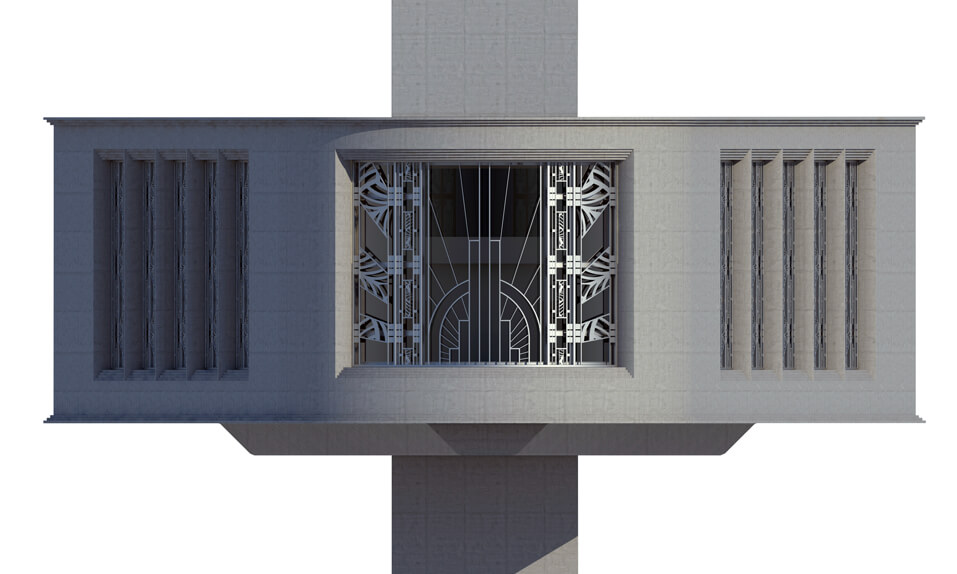
Image: Mario Kleff Signature Structure Front View
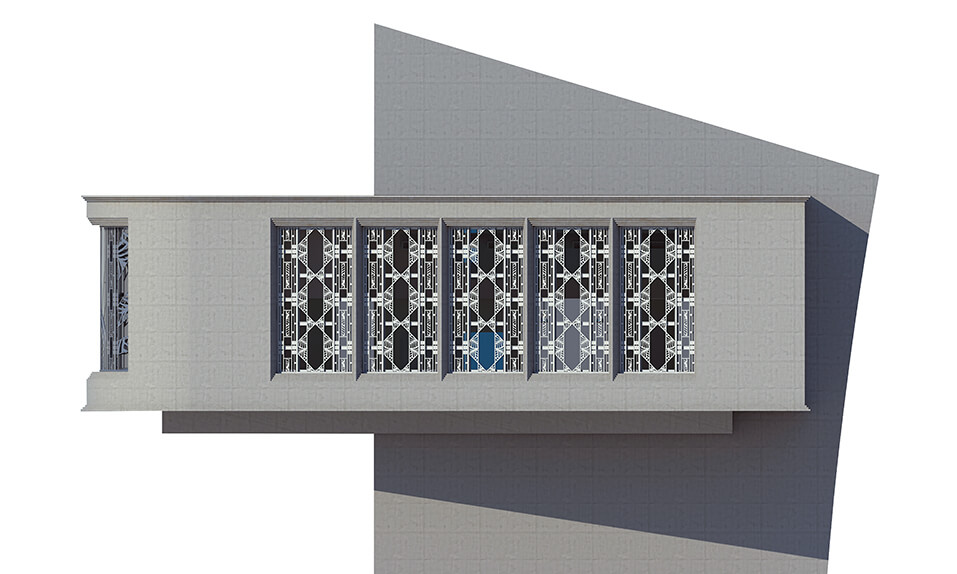
Image: Mario Kleff Signature Structure Side View
Signature architecture is characterized by the distinctive style or unique design approach of an architect, rendering their buildings immediately recognizable. This concept is akin to an artist's signature on a painting, representing the personal brand and creative identity of the architect. Signature architects imprint their innovative use of materials, forms, and design philosophies onto their works, establishing a recognizable and celebrated oeuvre. Such buildings often transcend mere function to become landmarks, celebrated for their originality, artistic expression, and the visionary insight they encapsulate.
The principle of signature architecture extends beyond mere aesthetics; it embodies an architect's philosophical approach to design, their interpretation of space, and their interaction with the environment. This is evident in the way signature architects balance various elements—proportions, materials, and contextual relevance—creating structures that are not only visually striking but also deeply resonant with their surroundings.
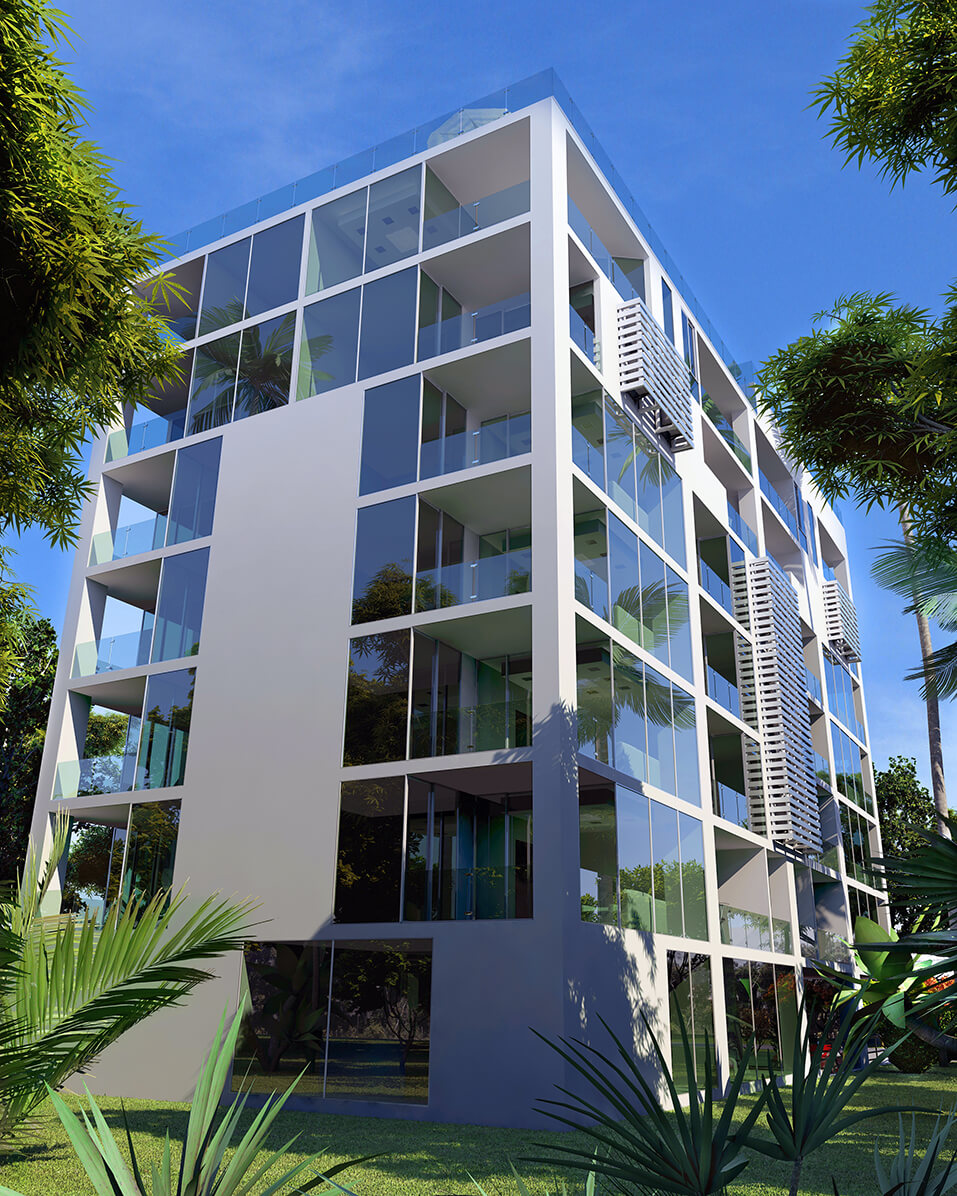
Image: Mario Kleff Signature Bauhaus Building
Trademark architecture involves the legal safeguarding of unique design elements as intellectual property. This form of protection ensures that specific aspects of architectural works—such as distinctive features, design methodologies, or the overall aesthetic—cannot be replicated or used without authorization. Trademarks protect the creative investments of architects and developers, affirming their innovative contributions and preventing unauthorized duplication.
Trademarking architectural designs serves multiple purposes: it acknowledges the architect's creative ingenuity, ensures economic benefits from the unique features of their designs, and preserves the integrity and originality of the architectural landscape. By securing a trademark, architects can assert control over their work, ensuring that their designs remain unique in a competitive market.
Signature architecture and trademark architecture are inherently interlinked. While signature architecture is about cultivating a personal brand and distinctive style, trademark architecture focuses on legally securing that brand and style. The relationship between the two is symbiotic: a signature design often evolves into a trademark, recognized and protected to maintain its uniqueness and originality. Together, these concepts ensure that an architect's vision is both creatively expressive and legally protected, allowing for the maintenance of a distinct and respected professional identity.
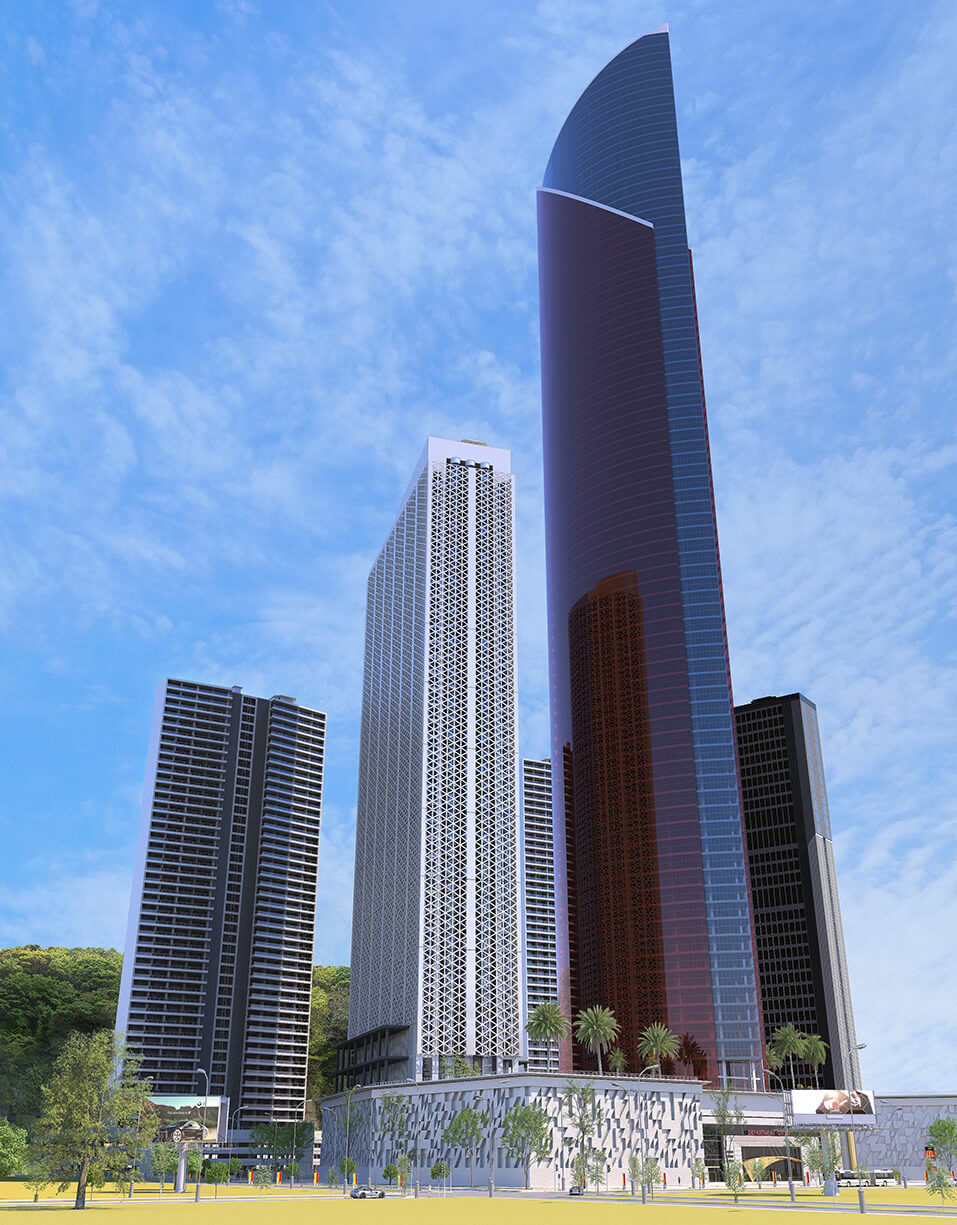
Image: Five Towers and a Shopping Complex by Mario Kleff
The distinction between certified and uncertified architects is significant in the field of architecture, impacting the professional practice, legal responsibilities, and perceived credibility of architects. Certification typically involves formal education, licensure exams, and adherence to professional standards and codes, ensuring a comprehensive understanding of architectural principles, ethics, and regulations. However, the distinction does not necessarily equate to a difference in creativity, innovation, or technical expertise. Some of the greatest architects in our century are not licensed in their field.
Certified architects have undergone formal education in accredited architecture programs and have passed rigorous licensure exams. This certification process ensures that they possess the necessary knowledge of building codes, safety regulations, and ethical standards required to practice architecture legally and responsibly. Certification provides:
Uncertified architects, while not holding formal certification, can still possess substantial expertise and creative vision. They often gain their knowledge through practical experience, self-study, or alternative educational paths. The significance of uncertified architects includes:
While the lack of formal certification may limit certain legal capabilities, such as signing off on official documents, Kleff's case illustrates that uncertified architects can significantly contribute to the architectural field. His ability to combine creativity with technical expertise challenges the notion that certification is the sole determinant of an architect's capability and impact.
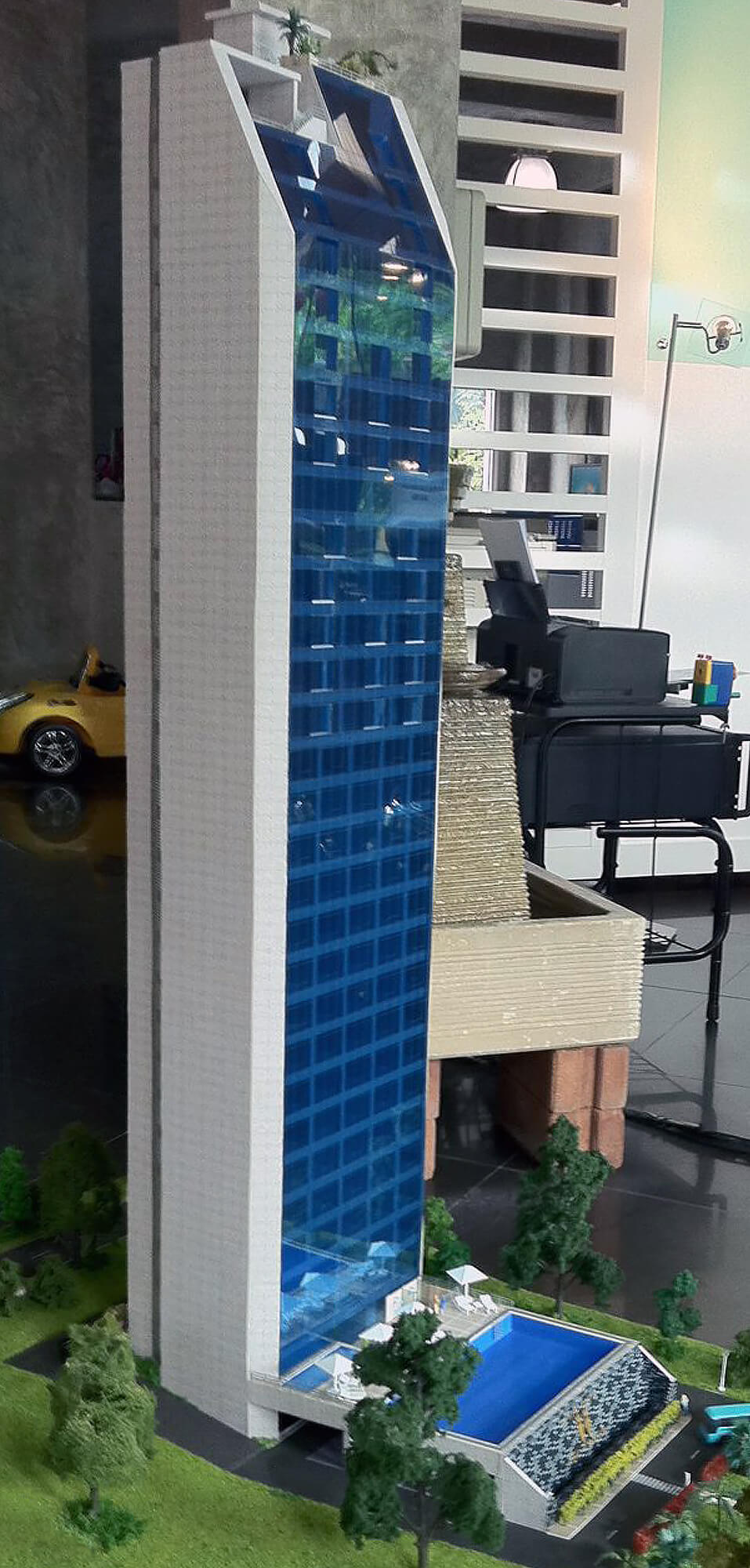
Image: Trademark and Signature Structure by Mario Kleff
Mario Kleff exemplifies the effective integration of signature and trademark architecture. His work, through his companies Wandeegroup Asia and Wandee Super Span, is characterized by several distinct features that establish both his signature and his trademark in the architectural world. Registered as a trademark in Thailand (Registration No. 231100524), Kleff's brand in architectural design and decoration is legally protected, ensuring the exclusivity of his unique style. In recognition of his capabilities, Kleff received a work permit in Thailand that allows him to work as a building designer, structural engineering consultant, and undertake construction work. In 2010, he was recommended by the building authorities in Pattaya for a PhD in architecture, showcasing his exceptional ability and knowledge. Kleff's architectural practice is marked by:
Mario Kleff's architectural aesthetic encompasses a modern design ethos, incorporating elements such as glass, steel, concrete, expansive cantilevers, movable components, and extensive spans. This preference for modern materials and design principles underscores his commitment to innovation and structural elegance.
Kleff's signature is manifest in numerous projects, including but not limited to Japanese House II, Park Royal 2, Majestic Residence Signature Villa, and especially in the Touch®. These buildings showcase his distinctive architectural style and serve as benchmarks of his design philosophy.
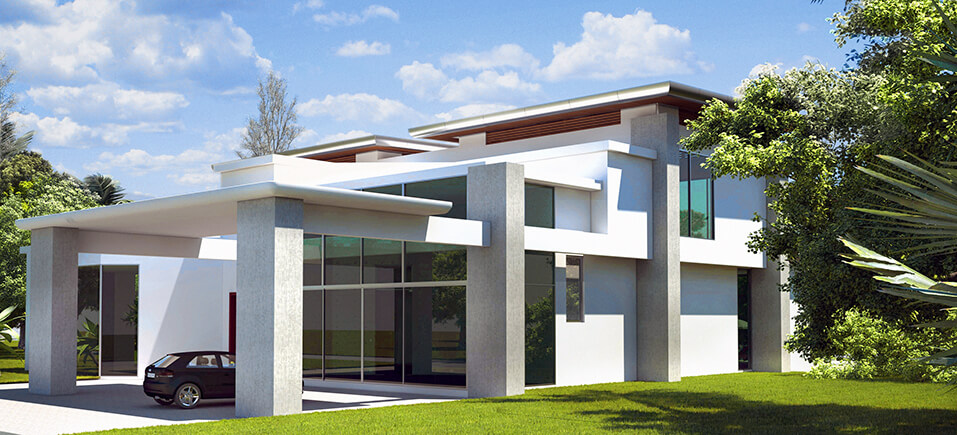
Image: Signature Villa by Mario Kleff
In addition to trademarks, copyright plays a crucial role in protecting the intellectual property of architects. While trademarks protect specific elements and features, copyright encompasses the broader artistic expression of the design, including plans, drawings, and the final construction of a building. For architects like Mario Kleff, copyright protection is essential to safeguard their creative work from unauthorized reproduction, rebranding or adaptation. This legal framework ensures that the original artistic and intellectual investment is recognized and preserved.
Mario Kleff incorporates the Golden Ratio as a foundational principle in his architectural and structural work. His approach results in spaces that naturally resonate with human perception, offering visual equilibrium, efficient layout, and refined proportions that echo classical ideals.
Signature architecture refers to the unique design style or approach of an architect, making their buildings instantly recognizable. It embodies the personal brand and creative identity of the architect, often resulting in landmarks celebrated for their originality and artistic expression.
While signature architecture focuses on creating a distinctive personal style, trademark architecture involves legally protecting the unique design elements of a building as intellectual property. This legal protection prevents unauthorized use and ensures the architect's innovative contributions are acknowledged and preserved.
Signature and trademark designs are crucial for establishing an architect's unique identity and protecting their creative work. Signature designs differentiate architects in a competitive market, while trademarks secure their intellectual property, ensuring their contributions are recognized and cannot be copied without permission.
Signature and trademark architecture are interrelated as a signature design often evolves into a trademark. This relationship ensures that an architect's distinctive style is both creatively expressed and legally protected, maintaining the uniqueness and integrity of their work.
Mario Kleff is an architect known for his unique design style and legal protection of his work. Through his companies Wandeegroup Asia and Wandee Super Span, his signature elements—such as long span structures, minimalist designs, and the use of the golden ratio—are trademarked to protect his innovative contributions.
Key elements of Mario Kleff's architectural signature include long span structures, oversized and massive structural elements, abstract and minimalist design, the use of plates marking construction details, and the incorporation of complex geometric forms and the golden ratio.
Trademark architecture benefits architects by legally protecting their unique design elements, preventing unauthorized replication, and ensuring they receive recognition and economic benefits from their innovative work. It secures their creative investments and maintains the originality of their designs.
Copyright in architectural design protects the broader artistic expression of the architect's work, including plans, drawings, and the final construction. It prevents unauthorized reproduction or adaptation, ensuring the architect's original creative and intellectual investment is recognized and preserved.
Examples of Mario Kleff's buildings that showcase his signature and trademark architecture include Japanese II, Park Royal 2, Majestic Residence Signature Villa, and the Touch. These structures highlight his distinctive style, innovative use of materials, and advanced engineering techniques.
Balancing functionality, aesthetics, symbolism, and social impact in architectural design is essential to create spaces that are not only visually appealing and structurally sound but also culturally relevant and socially inclusive. This holistic approach ensures that buildings serve their intended purpose while enhancing the community and environment.